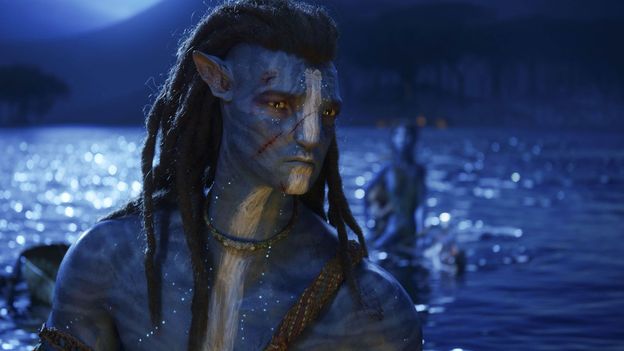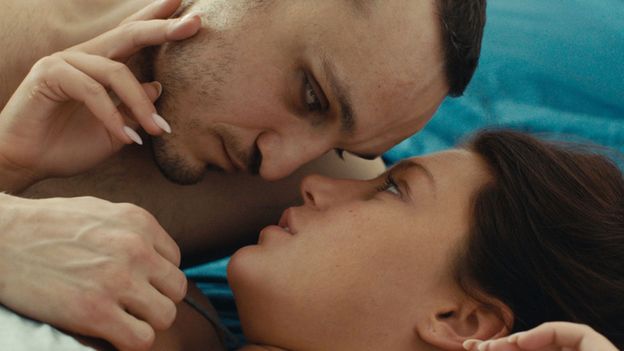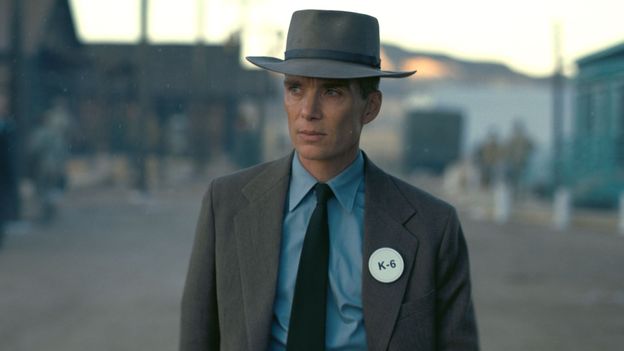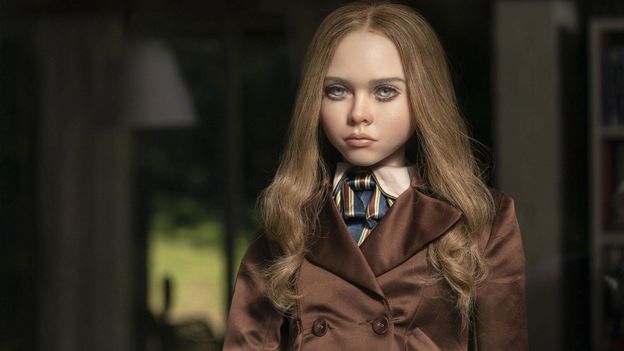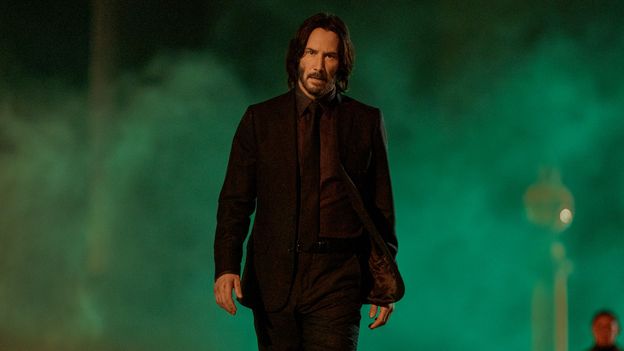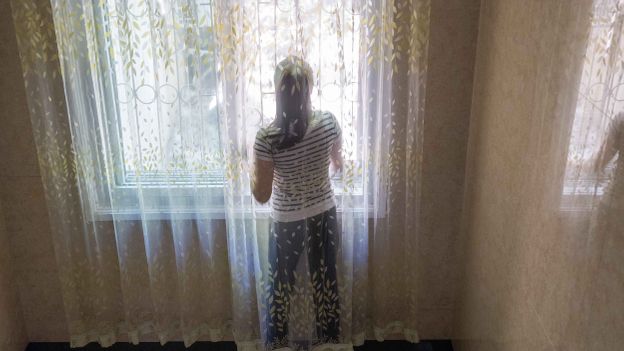As are so-called flaws in the cinematography. VFX artists have the ability to streamline scenes in order to remove any lens flare or camera wobble, but that would hinder the sense of grounded reality that Cameron and the team wanted to achieve. “Visual effects can be a perfect art form but filmmaking is not,” says Landau. “We allow some of those imperfections to come through. They’d ask, ‘You don’t want us to fix the camera?’ No, because that wouldn’t be real. If I was really operating a camera and a truck was driving by me, I’d flinch. So that’s the cameraman flinching to represent that. We want those imperfections in it to make it feel real, cinematography wise.”
A troubled industry
The Avatar sequel comes at a time of great debate in the VFX world about the working environment and treatment of VFX artists in the blockbuster movie space. Untenable working hours, tight deadlines and late-stage edits have allegedly caused rampant burnout for VFX company employees trying to keep up with the unrealistic expectations from studios producing an increasing number of CGI-heavy movies and series. Superhero projects have reportedly caused the biggest headache, with Marvel Studios (a subsidiary of Walt Disney Studios) being called out by VFX artists through news outlets and otherwise, claiming execs make increasingly complex demands but don’t adequately compensate for the multiple new renderings that come from endless studio notes. Scott Squires is a veteran visual effects supervisor who worked for Industrial, Light & Magic (ILM) for 20 years and whose credits include The Mask and Star Wars: Episode 1 – The Phantom Menace. Squires tells BBC Culture that while a positive for the VFX artists working in the industry is the sheer amount of work out there – “digital visual effects have provided incredibly powerful tools for manipulation and creation by VFX artists [and] that has created an explosion of VFX in anything and everything” – the downside has been “more exploitation”. “When I started out, those of us working in visual effects on large films were employed directly by the studios and were in Hollywood unions,” he says. “Today there are no VFX unions so no protections. No one making sure overtime isn’t crazy [and] that overtime is paid [for example].”
Talking to the Guardian in August, award-winning VFX artist Joe Pavlo spoke of his experience working on the Marvel film Guardians of the Galaxy, describing it allegedly as “a mess” and “crazy”. “The visual effects industry is filled with terrific people with lots of goodwill who really care but, at the end of the day, there’s nothing in place when their backs are up against the wall and Disney is making crazy demands,” he added. Working on a Marvel production was the straw that broke the camel’s back for another visual effects professional who agreed to speak with BBC Culture anonymously, having now left the industry. “I was doing seven days a week, 10 to 12 hours a day,” he alleges. “We were redoing the last act of the movie, a month or two before it was delivered; they’re doing it so late, but they don’t shift the [release] dates around at all. Marvel projects make every [VFX] studio underbid or compete, so they have very low margins. You have to work with a smaller team [than on most blockbusters] as well. It’s very high stress because everyone has to do more and work longer hours. It was six months of that and I just preferred a work-life balance.”
A second VFX artist BBC Culture spoke to, who has worked on multiple Marvel film and TV projects, and also asked for anonymity because they still work in the industry, claims too that studios like Marvel and Disney facilitate less than ideal working conditions for VFX artists and companies. “For the most part, nearly every major client delays decisions, changes their minds, gives muddy direction in a tight timeline, but Marvel does all of those things consistently and to a higher degree of intensity,” he alleges to BBC Culture. “Institutionally, their interactions with visual effects vendors have gotten worse and worse over the years because of their ever-changing direction, constant re-writes and U-turns, all of which need to be turned around under smaller and smaller timelines. The result for visual effects artists is major overtime for months at a time.”
BBC Culture has reached out to Walt Disney Studios for comment on all the above allegations.
The first anonymous VFX professional also criticises the lack of understanding by certain directors who don’t engage with or offer creative instruction to VFX artists tasked with generating complicated sequences. “After it’s done shooting, they are barely involved,” they explain. “They’ll get the [VFX shots] at one point and give notes, but it’s sort of like a factory floor. Sometimes you get a director that isn’t familiar with the whole visual effects work so they want finished quality right off the bat. I’ve worked on a lot of projects where they asked for finished frames and that’s just not how it works.”
He does, however, point to filmmakers like Cameron who have a far better understanding of how visual effects work, and collaborate better with VFX teams in post-production. “James Cameron and David Fincher are guys that go in with a very strong vision and they plan it out pretty meticulously. They’ll have changes from it, obviously, but they still have a great idea,” he says.
For Avatar: The Way of Water, Landau says there was a strong collaboration between the filmmaking and visual effects departments throughout the shoot to ensure the VFX artists had exactly what they needed to realise Cameron’s vision. “We gave them the exact camera angles we wanted, the exact performances at a lower resolution, and then expected them to make it look photographic,” the producer says, adding that access to Wētā’s internal computer network was a big help to give feedback. “They allowed me to be on that same system with them so that I could do up to seven hours of [footage] reviews a day and challenge them: ‘Why is it this way? Is that the best way to present it to Jim?'”

